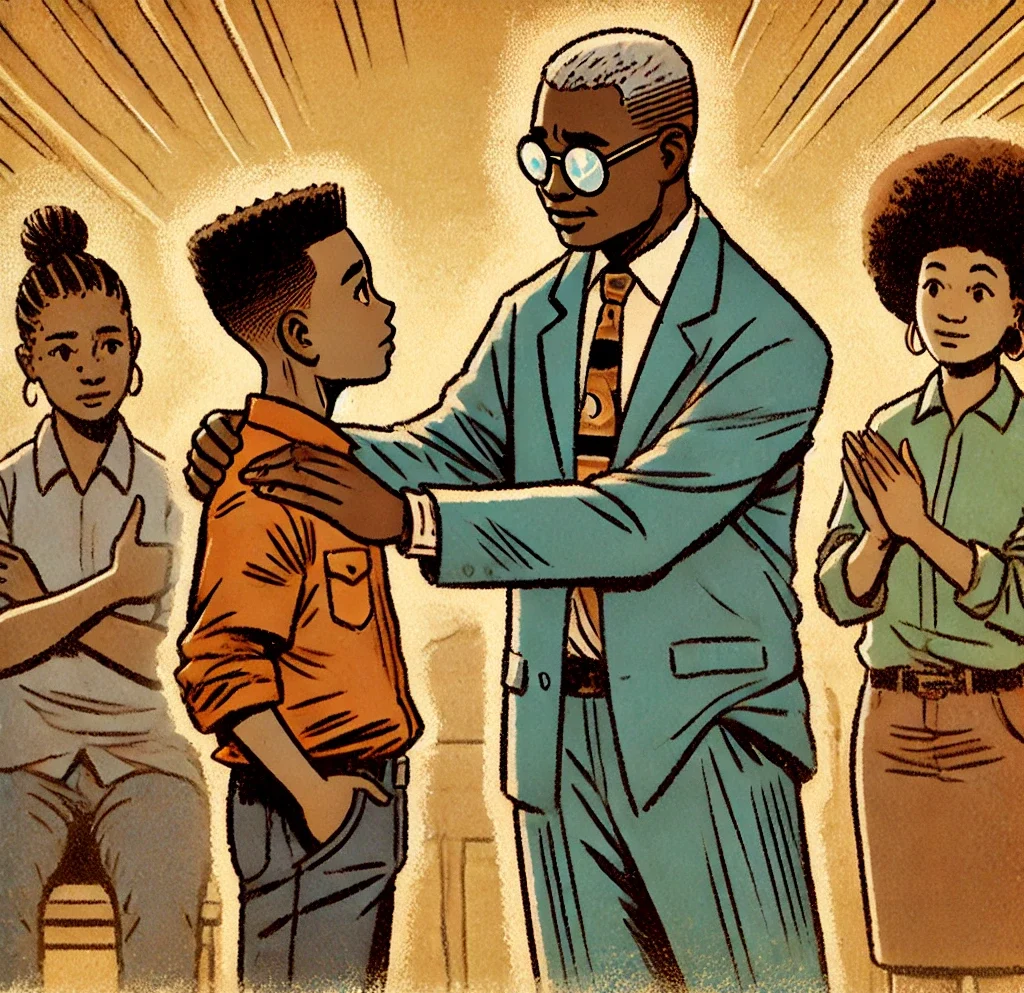
It starts with a silent room, the kind where everyone hears the cruelty but no one speaks up. No one is an upstander. For those being targeted—whether at work, in public spaces, or online—the isolation feels like drowning in plain sight. There’s a moment of desperate hope and a fleeting wish that someone, anyone, will stand up and say, “This isn’t right.” But too often, bystanders, including colleagues, strangers, and friends, remain frozen, unsure, or afraid to intervene. It’s a silence that wounds almost as deeply as the bullying itself.
For many of us, that moment is a turning point, a chance to choose: Do we stand by or stand up? This choice isn’t just for children; it’s a moral call for every adult. As bullying and injustice continue to permeate workplaces, social media, and public life, being an upstander is not just an option—it’s a responsibility. But how do we transform from passive observers into active defenders of dignity and fairness?
Why Being an Upstander Matters
The impact of bullying on adults is often downplayed, but research shows that it can lead to serious mental health consequences, including anxiety, depression, and a decline in self-esteem. The effects are not just felt by the victim but ripple out, impacting workplace morale, family dynamics, and community well-being. When we fail to act, we unintentionally validate the behavior of the aggressor. The silence sends a message that mistreatment is acceptable and that those who are targeted must endure it alone.
The good news? Research confirms that upstanders can change the narrative. A 2020 study from the Workplace Bullying Institute found that when bystanders intervene, bullying is more likely to stop within weeks. In fact, in 57% of cases, intervention from others led to the bullying ceasing or significantly reducing.
How Adults Can Be Effective Upstanders
- Recognize the Signs
Before we can act, we need to know when bullying or injustice is happening. Bullying in adulthood often appears as subtle aggression—exclusion, belittling remarks, or microaggressions. At work, it may manifest as undermining someone’s credibility or consistently devaluing their contributions. Online, it can look like targeted harassment or malicious comments. Awareness is the first step toward action. - Respond in the Moment
The most powerful thing you can do as an upstander is to intervene in the moment. That doesn’t always mean confronting the aggressor head-on. Sometimes, a quiet word with the victim, showing them that they are not alone, can diffuse the tension. Research from the Greater Good Science Center highlights that social support immediately after an incident can prevent the long-term psychological impacts of bullying. One effective method is to redirect the conversation or behavior, such as saying, “I don’t think this is funny” or asking a question to break the cycle of hostility. - Amplify the Voices of the Targeted
Often, victims of bullying feel unheard or marginalized. Upstanders can use their position to ensure those targeted have a voice. In a work environment, that might mean publicly supporting the ideas of someone who is being dismissed. On social media, it could be as simple as leaving a comment that reinforces kindness or reporting a harmful post. Research from the Harvard Business Review shows that when people in positions of authority or majority groups speak up, it emboldens others to take action as well. - Be Mindful of Your Own Influence
Sometimes, we inadvertently contribute to toxic environments by remaining neutral or staying silent. Studies published by the American Psychological Association suggest that upstanders can reshape group norms by visibly refusing to condone bullying or prejudice. When you stand up for someone, you signal to others that there’s no place for such behavior, setting a new tone for how conflict and aggression are handled. - Create Safe Spaces
If you are in a position of leadership, whether at work, in a social group, or online, it’s vital to create environments where bullying and exclusionary behaviors are not tolerated. This can mean implementing clear anti-bullying policies, offering training on bystander intervention, or simply fostering open communication channels where people feel safe reporting mistreatment. Research from the Institute for Workplace Bullying shows that organizations with strong, transparent anti-bullying protocols see significantly less employee turnover and greater overall job satisfaction. - Use Empathy and Compassion
When we stand up for others, we not only protect them but also reaffirm our shared humanity. Empathy is a crucial tool in this. The more we seek to understand what someone is going through, the more effective our interventions can be. According to a study from the Journal of Applied Social Psychology, empathy-based interventions are one of the most effective ways to reduce bullying in adulthood. This could be as simple as asking someone how they’re feeling, offering support after an incident, or standing by their side in moments of vulnerability.
Becoming an Upstander: Your Role Matters
Choosing to be an upstander is an active decision—one that can profoundly affect both the individual being targeted and the broader community. Every time we intervene, we create ripples of change, disrupting cycles of aggression and fear. Whether it’s in the workplace, in public spaces, or online, the responsibility to challenge bullying lies with all of us.
The next time you witness someone being mistreated, don’t look away. Be the person who breaks the silence. Be the upstander who transforms that moment of pain into one of compassion, courage, and connection. It’s a choice that has the power to heal, and it starts with you.







